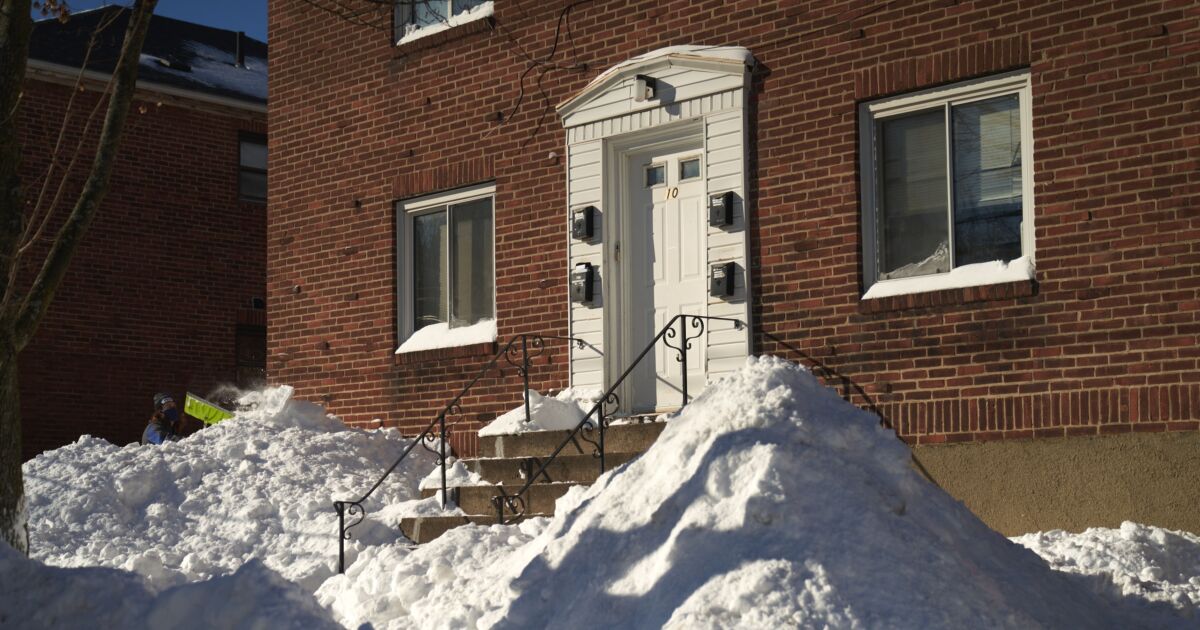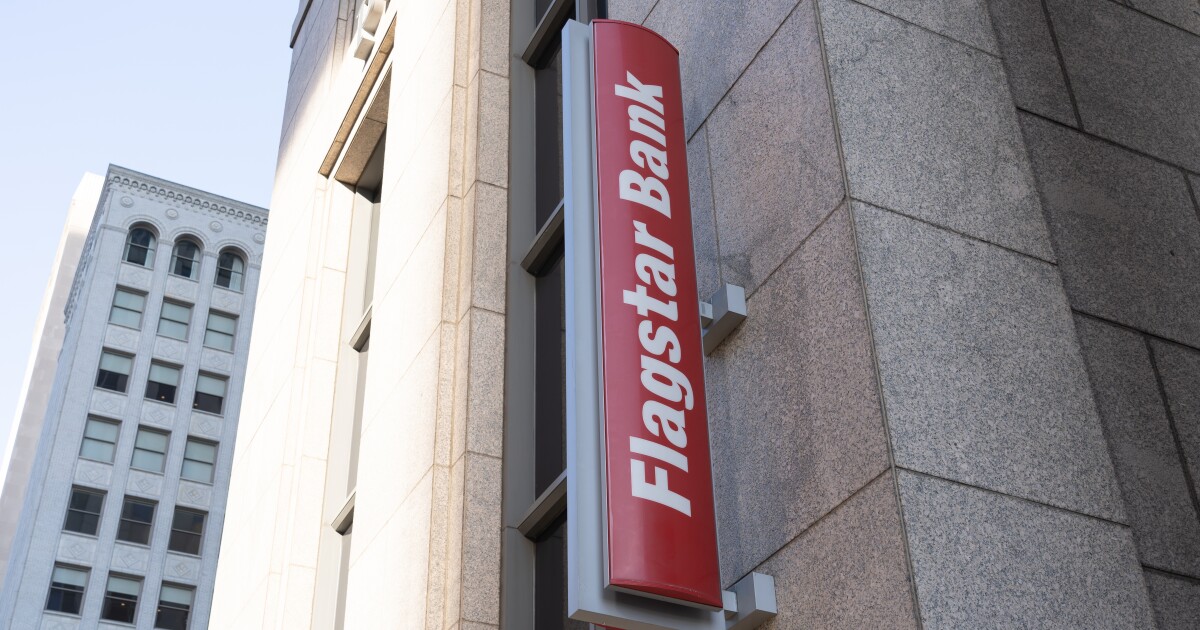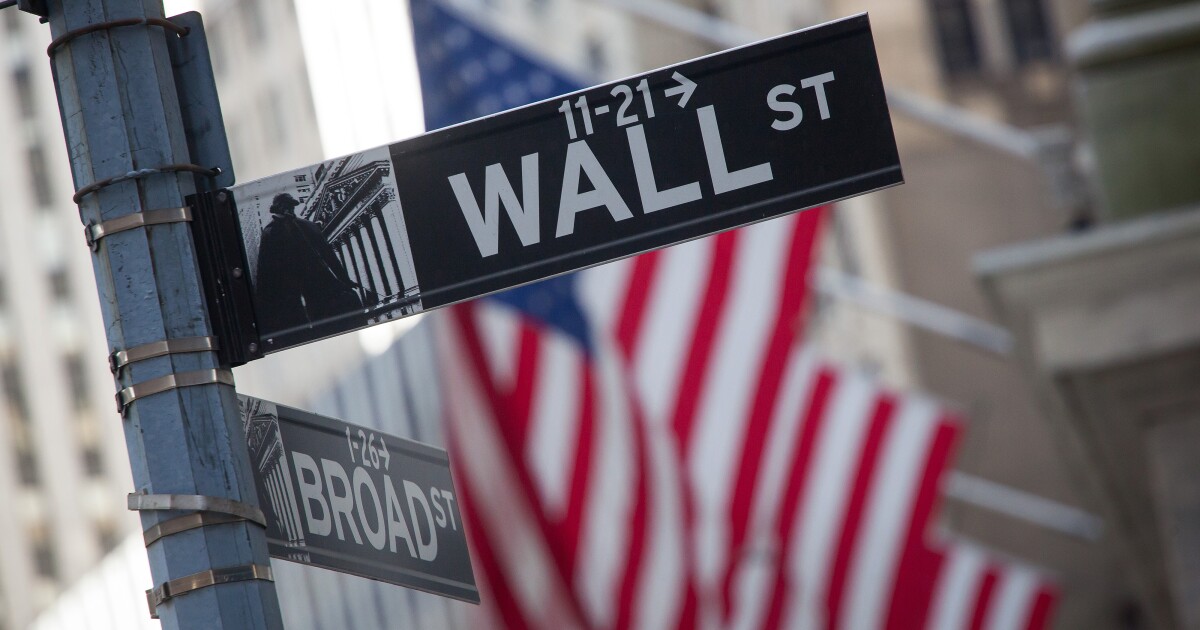
Consumers who opt to purchase a home in January, one of the months with the lowest share of sales, could save over $23,000 on their buy versus May, one of the busiest, a LendingTree study found.
In 2024, January had the lowest share of sales at 6.3%, while May had the most at 9.9%; although in the nine-year period starting in 2015, June had the most sales and February the least, according to data from Attom that LendingTree cited.
During the 2015-to-2024 timeframe, the summer months of June, July and August had 29.1% of total residential property sales.
Which months are best for homebuyer bargains?
LendingTree's calculation uses a 1,500 square foot home. For 2024, May's median per square foot price was $194.20 versus January's $178.60. The difference at that price and size is $23,400.
The only other month in which buyers could net significant savings is February, with a per square foot median price of $183.70.
On the other hand, June had the second highest median in 2024, at $193.40. The range in the other eight months was between $187.40 and $190.50.
January and February benefit because they are outside of the peak home purchase season during the spring and summer months, noted Matt Schulz, LendingTree chief consumer finance analyst in the report. Those are peak months because families are able to relocate easier without worrying about finding new schools for their children.
The winter months are also more subject to cold, snow and other weather concerns in certain areas.
"While there may be less inventory in the winter, you may find less competition for available homes," Schulz said. "You might also find that sellers are more eager to bargain
The report also looked at the
States with the biggest difference in median prices per month
Hawaii had the biggest difference at 25.7%, with the least expensive month (December) at $490.50 per square foot and the most costly month (March) at $660.20.
Vermont was next at 22.3%, with a low of $128.90 in February and a high of $165.80 in June. Illinois was third at 21.4%; its low was $125.50 in February and high of $159.60 in August.
In these states, Schulz said buyers should look to take advantage of the differences.
"It's crazy expensive to buy a home, so if there's a strategy that could potentially cut someone's costs by 25%, they'd be foolish not to at least consider it," Schultz said. "This is especially true for first-time home buyers because they're not burdened with trying to sell their current home for the highest price possible."
At the other end of the spectrum, the states where the time of year matters least when it comes to savings, Arizona was the leader at 3.2%, with its lowest cost month in August at $249.90 and most expensive in June at $258.20.
By home size, properties under 1,500 square feet in 2024 had a median price ranging between $210.40 and $229.20 in a month. Between 1,500 and 2,499 square feet, the difference was a low of $183.80 and $200. In the next bucket, between 2,500 and 3,499 square feet, the low is $167.20 and high is $182.
Meanwhile, homes at 3,500 square feet or larger ranged from $150.50 to $167.40. In each of the cases the low was in January and the high in June, LendingTree said.
How fewer cash buyers helps first-time buyers
When it comes to first-time buyers, a new report from Rocket subsidiary Redfin found the
This year, the share was 28.8%, down from 29% in 2024. But because this summer's home purchase market was less competitive, it helped buyers who needed financing, particularly first-timers. Since
"First-time buyers have more opportunities than they did
In speaking with its agents, Redfin found that first-timers with small amounts to put down, around $10,000 to $15,000, are now able to compete for homes, versus when the market was red hot.
Some are able to get a lower-priced home, making less of a down payment with little or no competition from other buyers.



